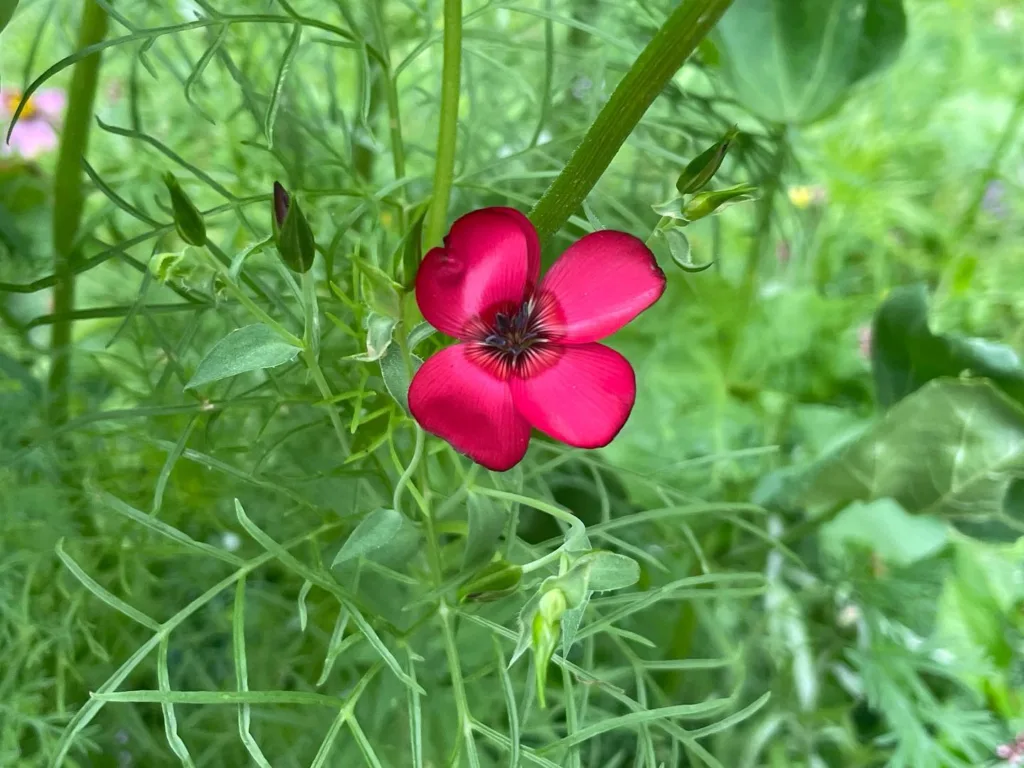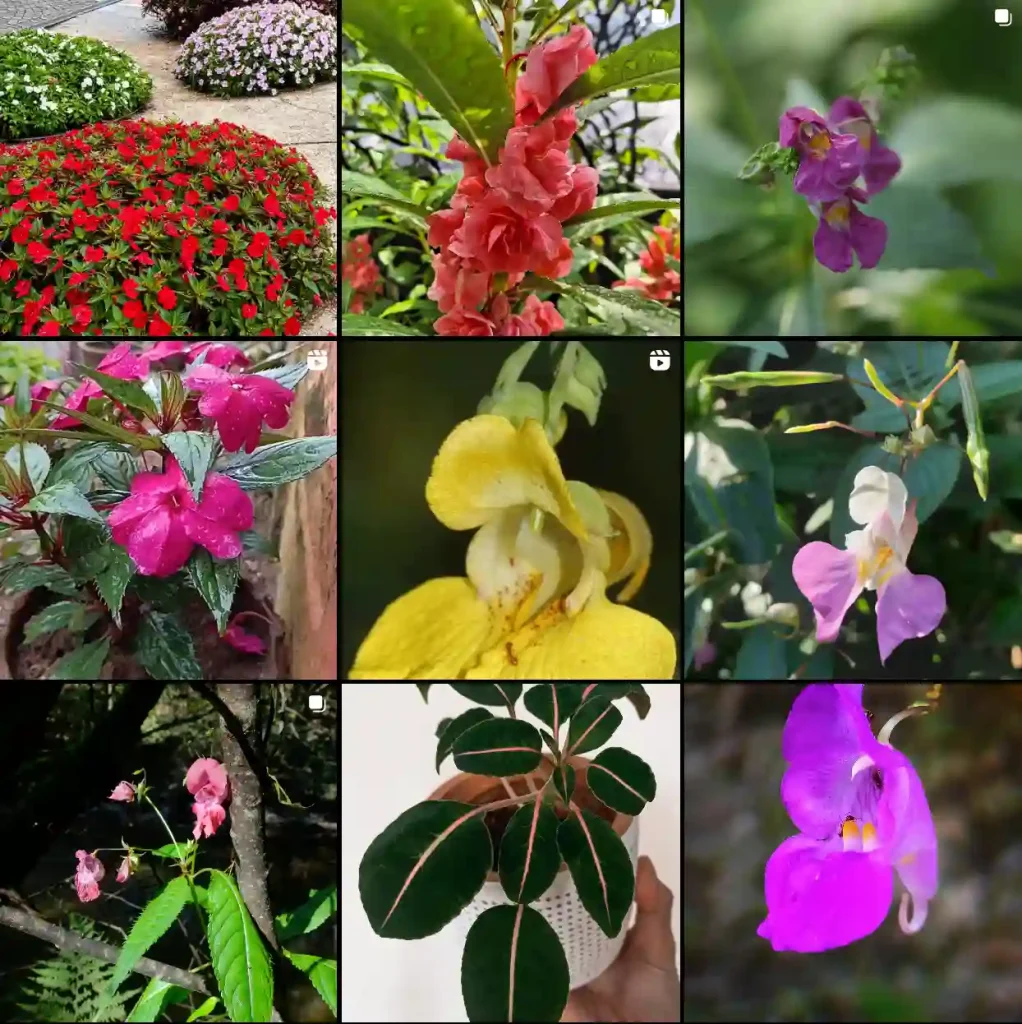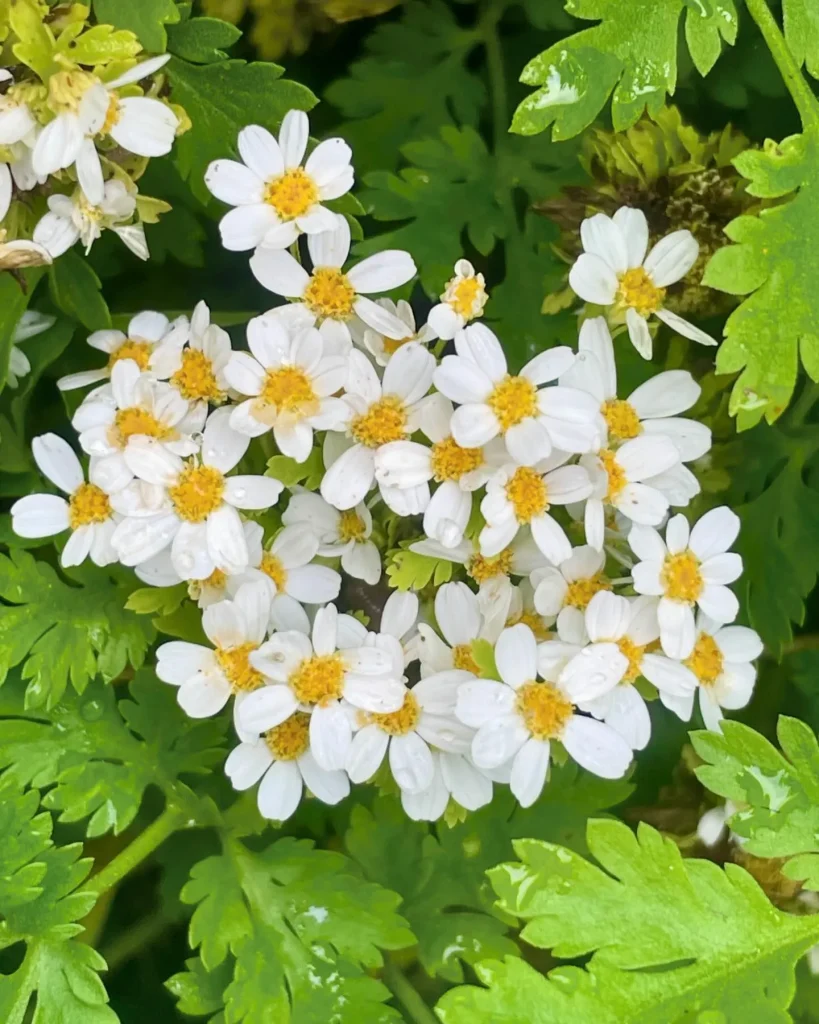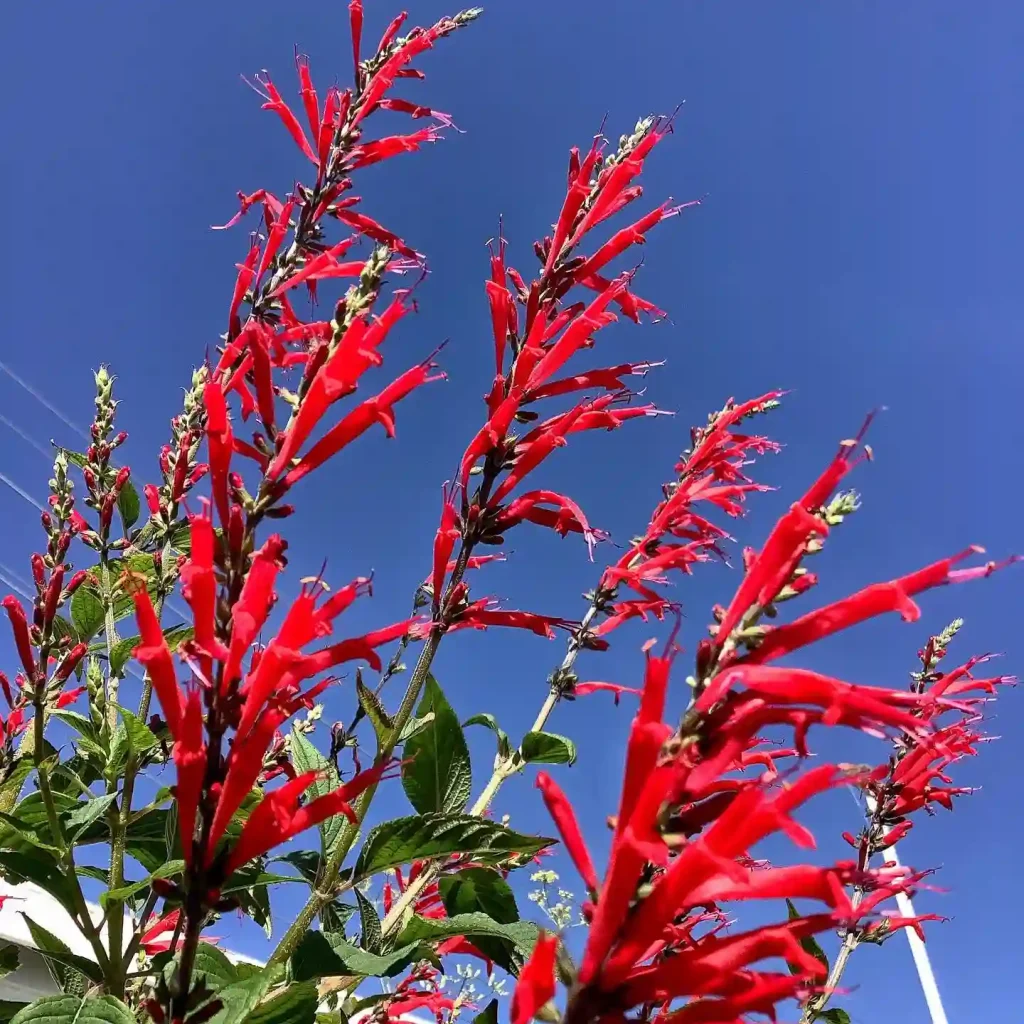The Enchanting World of Petasites: A Personal Journey
My name is Ferb Vu, and I’ve always been drawn to the unique and the unconventional. So, when I first encountered the Petasites genus, I was immediately captivated. These plants, often known as butterburs or coltsfoots, possess an understated beauty and a fascinating biology that sets them apart in the botanical world.
Imagine coming across a plant with leaves so massive they resemble elephant ears, emerging from the ground like verdant shields. This is the sight that often greets those who encounter Petasites, a genus belonging to the Asteraceae family, which also includes sunflowers and daisies. However, unlike their vibrant relatives, Petasites species are often more subdued in their appearance, favoring shades of green and white in their flowers and foliage.
A Closer Look at Petasites
What truly sets Petasites apart is their unique growth habit. They are perennial plants, meaning they live for more than two years, and they spread via thick, creeping rhizomes – underground stems that send out roots and shoots. This allows them to form expansive colonies, often dominating the ground they inhabit. Their flowers, which typically appear before the leaves, are arranged in dense clusters, creating a captivating spectacle in early spring.
One of the most fascinating aspects of Petasites is their ability to thrive in challenging environments. Many species are found in damp, shady areas, often along riverbanks or in woodlands. This preference for less hospitable conditions adds to their mystique and highlights their resilience.
Diversity within the Genus
The Petasites genus boasts a remarkable diversity, with approximately 22 recognized species. Here are:
- Petasites hybridus (Common Butterbur): Perhaps the most well-known species, it is characterized by its large, rhubarb-like leaves and pinkish-purple flowers.
- Petasites japonicus (Giant Butterbur): Native to Japan, this species lives up to its name with its enormous leaves, which can reach up to 1.5 meters in diameter. Plant FAQs: Petasites Japonicus – Japanese Butterbur
- Petasites frigidus (Arctic Butterbur): This hardy species is found in the colder regions of the Northern Hemisphere and has smaller leaves and white flowers.
- Petasites albus (White Butterbur): As its name suggests, this species features striking white flowers, creating a beautiful contrast with its dark green foliage.
- Petasites albiflorus Kuvaev
- Petasites × alpestris Brügger
- Petasites anapetrovianus Kit Tan, Ziel., Vladimir. & Stevan.
- Petasites doerfleri Hayek
- Petasites fominii Bordz.
- Petasites formosanus Kitam.
- Petasites kablikianus Bercht.
- Petasites × lorenzianus Brügger
- Petasites paradoxus (Retz.) Baumg.
- Petasites pyrenaicus (Loefl.) G.López
- Petasites radiatus (J.F.Gmel.) Toman
- Petasites × rechingeri Hayek
- Petasites rubellus (J.F.Gmel.) Toman
- Petasites × sachalinensis Toman
- Petasites spurius (Retz.) Rchb.
- Petasites tatewakianus Kitam.
- Petasites tricholobus Franch.
- Petasites versipilus Hand.-Mazz.
A Source of Fascination and Utility
My interest in Petasites extends beyond their botanical peculiarities. These plants have a long history of use in traditional medicine, particularly in Europe and Asia. Extracts from Petasites have been used to treat a variety of ailments, including migraines, asthma, and allergies. While more research is needed to fully understand their medicinal properties, the potential benefits of Petasites are intriguing.
Beyond their medicinal applications, Petasites also hold cultural significance in some regions. In Japan, the young shoots of Petasites japonicus are consumed as a vegetable, known as “fuki.” The leaves are also used for wrapping food and as a traditional remedy for burns.
Reflections on Petasites
As I continue to explore the world of Petasites, I am constantly amazed by their adaptability, resilience, and unique beauty. These plants, often overlooked in favor of more showy blooms, offer a valuable lesson in appreciating the understated elegance of the natural world. They remind us that beauty can be found in unexpected places and that even the most seemingly ordinary organisms can possess extraordinary qualities.
My journey with Petasites is far from over. I am eager to learn more about their biology, their ecological roles, and their potential applications. I believe that these fascinating plants have much to offer, both in terms of scientific understanding and practical uses. And I am excited to see what the future holds for these captivating members of the plant kingdom.
If i die, water my plants!



